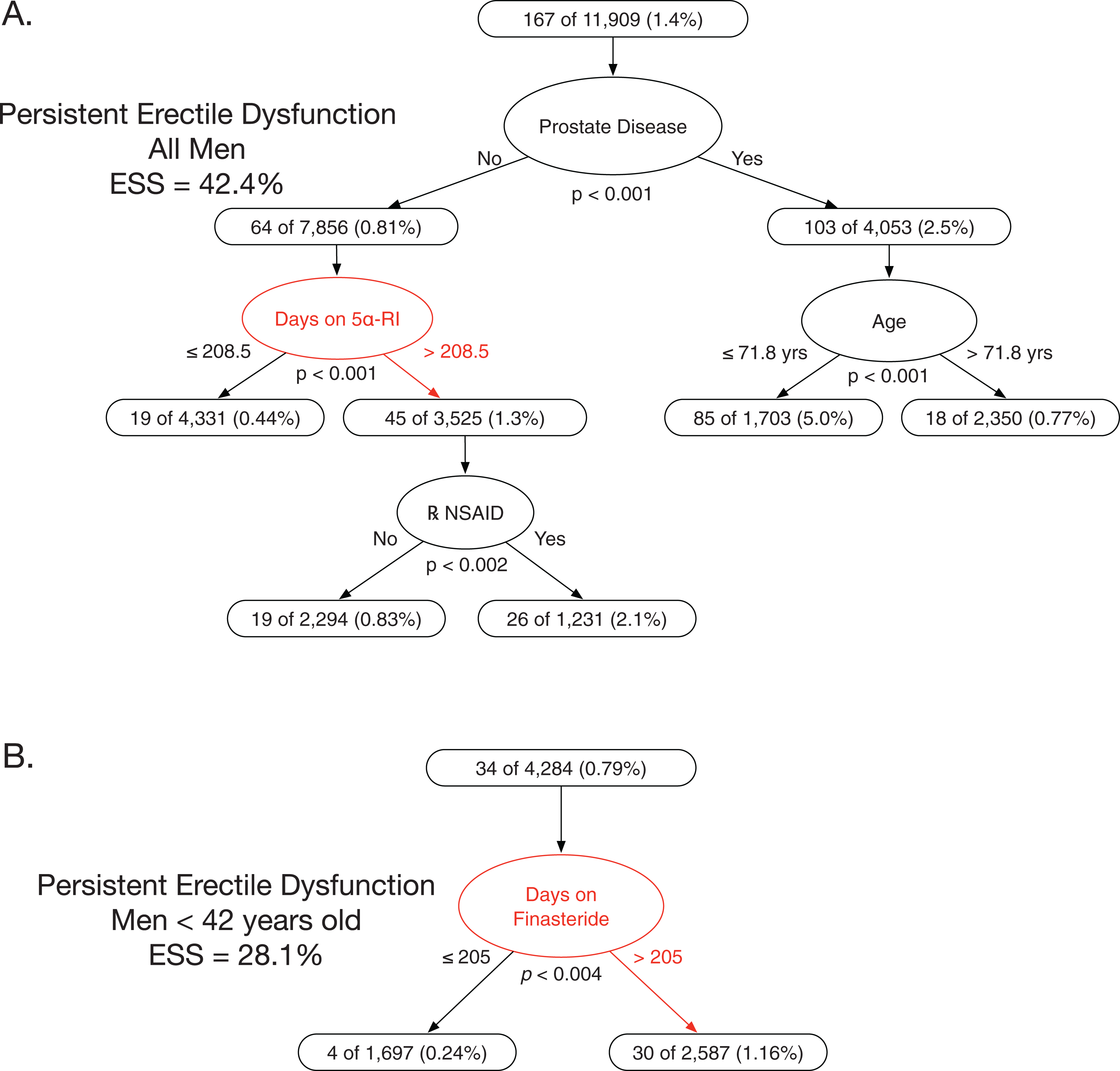
ed pills online
Add a review FollowOverview
-
Founded Date ноември 10, 2021
-
Sectors Accounting
-
Posted Jobs 0
-
Viewed 7
Company Description
A Comprehensive Examine on the Impression of Distant Work on Employee Productiveness And Nicely-being

Introduction
The COVID-19 pandemic has led to important changes in the way organizations operate, with remote work turning into a necessity for many businesses. This examine aims to explore the affect of remote work on employee productivity and well-being, analyzing each the advantages and challenges faced by staff and employers in this new work setting.
Background
Distant work, or telecommuting, refers to a work association in which staff perform their job duties outdoors of a traditional office setting, typically from home. This work model has existed for years, however its adoption accelerated dramatically in the course of the pandemic resulting from well being considerations and authorities restrictions. As organizations tailored to this shift, it grew to become essential to assess its results on productiveness and worker properly-being.
Methodology
This examine utilized a mixed-strategies strategy, combining quantitative surveys and qualitative interviews. A pattern of 500 workers from numerous sectors was surveyed to gather data on their experiences with remote work. In-depth interviews have been conducted with 20 individuals to achieve deeper insights into their personal experiences. The survey included questions on productiveness ranges, work-life balance, psychological health, and total job satisfaction.
Findings
1. Productiveness Ranges
Considered one of the first concerns regarding distant work is its affect on productivity. The survey outcomes indicated that 67% of respondents felt they were more productive working from home in comparison with the workplace. Components contributing to this increase in productiveness included:
- Versatile Work Hours: Workers appreciated the flexibility to set their own schedules, allowing them to work throughout their most productive hours.
- Decreased Commuting Time: Eliminating every day commutes saved time and power, which could possibly be redirected in direction of work tasks.
- Fewer Distractions: Many workers reported fewer interruptions from colleagues and a quieter work atmosphere, enabling them to focus higher on their tasks.
Nonetheless, 33% of respondents reported decreased productiveness as a consequence of factors such as residence distractions (children, family chores, and many others. If you adored this post and you would certainly such as to obtain more facts relating to erectile dysfunction treatment top rated kindly browse through the site. ) and difficulties in communication and collaboration with colleagues.
2. Work-Life Balance
Distant work has significantly altered the work-life balance for many employees. The survey revealed that:
- Constructive Affect: 60% of individuals reported an improved work-life steadiness, citing the flexibility to handle personal and skilled duties extra effectively.
- Destructive Influence: Conversely, 40% of respondents felt that the boundaries between work and private life had blurred, leading to longer working hours and difficulty in disconnecting from work.
Qualitative interviews highlighted a standard theme of „at all times being on,“ with workers feeling pressured to be out there outside of traditional working hours, which may lead to burnout.
3. Psychological Health and Properly-being
The mental health implications of distant work were a big focus of this examine. The survey outcomes indicated blended outcomes:
- Positive Results: Many employees reported feeling less stressed because of the elimination of commuting and the ability to create a comfortable work setting. Moreover, flexible work arrangements allowed for extra time for self-care and family actions.
- Detrimental Results: However, 45% of respondents expressed emotions of isolation and loneliness, notably those that thrived on social interactions within the office. The lack of face-to-face interactions with colleagues was cited as a major factor contributing to decreased morale and increased feelings of disconnection.
Challenges of Distant Work
While distant work has its advantages, several challenges have been identified within the study:
- Communication Boundaries: Staff faced difficulties in communication and collaboration, particularly in groups that relied closely on spontaneous interactions. Misunderstandings and delays in communication have been common complaints.
- Know-how Dependence: The reliance on technology for work duties created challenges for some workers, notably these with limited access to dependable internet or mandatory software program tools.
- Management and Supervision: Managers reported challenges in monitoring employee performance and maintaining team cohesion, resulting in considerations about accountability and productiveness.
Suggestions
Based mostly on the findings of this research, a number of recommendations might be made for organizations transitioning to or maintaining distant work preparations:
- Set up Clear Communication Protocols: Organizations should implement structured communication channels to make sure group members remain connected and informed. Regular check-ins and digital workforce-building activities will help foster a sense of belonging.
- Encourage Work-Life Boundaries: Employers should promote the significance of setting boundaries between work and private life to forestall burnout. Encouraging employees to designate particular work hours and take common breaks can help maintain steadiness.
- Provide Psychological Health Resources: Organizations should provide psychological well being assist, corresponding to counseling companies and wellness applications, to handle the emotional challenges confronted by distant employees.
- Put money into Technology and Coaching: Providing employees with the mandatory instruments and training to navigate remote work technologies can improve productiveness and cut back frustration.
Conclusion
The shift to distant work has had a profound impact on employee productivity and well-being. Whereas many workers have thrived on this new surroundings, others have confronted important challenges. By understanding these dynamics and implementing strategies to assist distant staff, organizations can create a more practical and healthy work atmosphere. As the long run of work continues to evolve, ongoing analysis will likely be important to adapt to the changing needs of staff and employers alike.